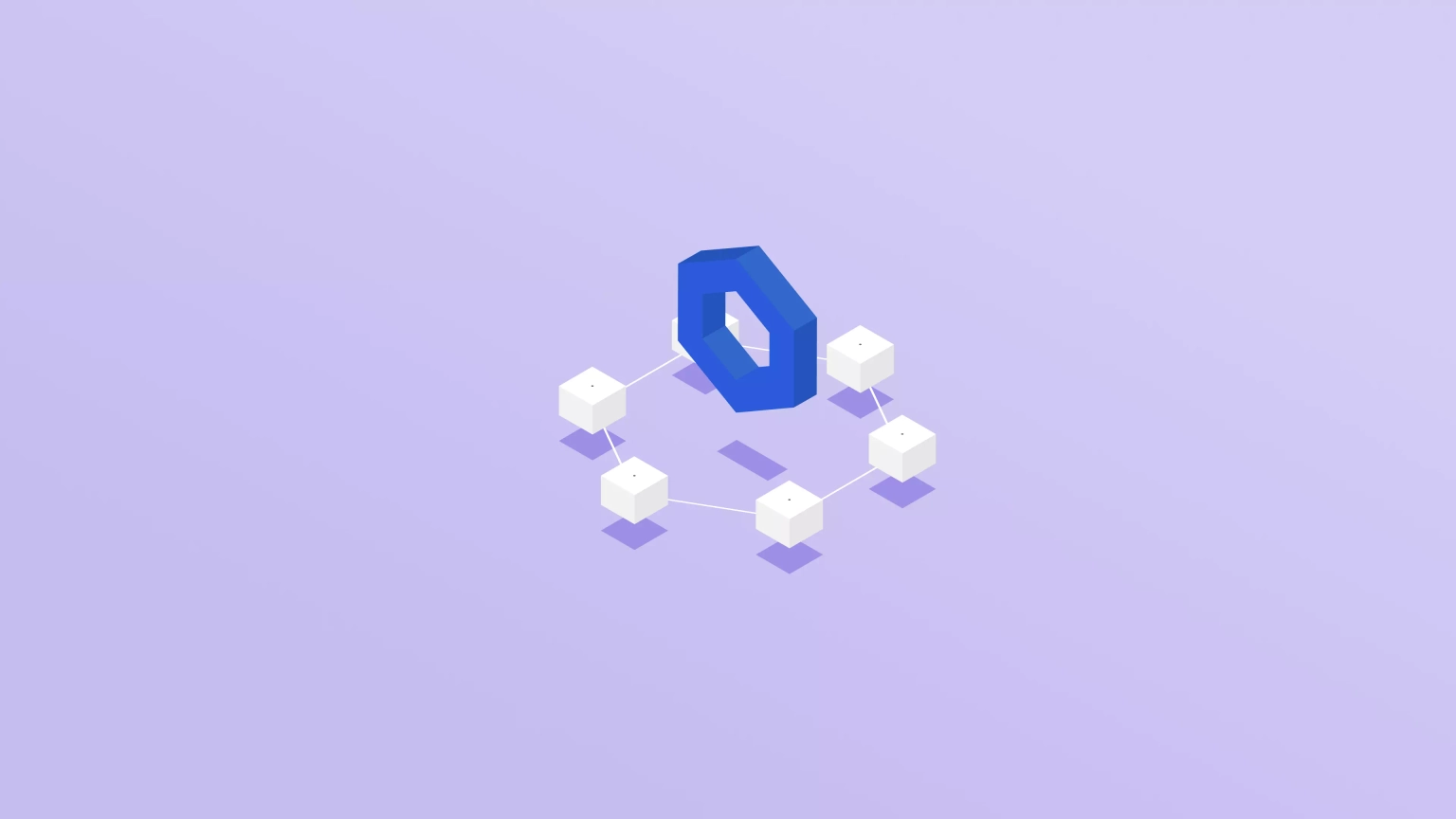
Collaboration between Neptune Mutual and SushiSwap
Explore Neptune Mutual's ongoing collaboration with SushiSwap offering several benefits.
Youtube Video
Playing the video that you've selected below in an iframe

Understanding CCIP, an interoperability protocol launched by Chainlink, and its features
Chainlink has long aimed to bridge the gap between "the real world" and blockchain, empowering data oracles for all manner of businesses. At EthCC Paris 2023, the team announced their latest development, the Cross Chain Interoperability Protocol (CCIP), which allows communication across different chains.
EthCC is an Ethereum-focused conference that brings together Ethereum developers and those building on the blockchain. The Paris event was attended by many of the finest minds in the industry, including Ethereum co-founder Vitalik Buterin. The Chainlink team was present, presenting its vision of turning Chainlink into the TCP/IP of finance.
Let’s understand what Chainlink is and what it aims to achieve with the launch of CCIP.
Chainlink aims to solve one of the main problems faced by blockchain developers; how to get off-chain data on-chain so that it can be referenced in a smart contract. This is where Chainlink comes into action.
Chainlink is a decentralized oracle network, a technology that provides external or real-world data to the blockchain. Chainlink provides a reliable and secure connection between off-chain data and on-chain data, which can be anything from weather metrics, interest rates, live sport scores, or event outcome predictions. With that, blockchain developers can write smart contracts that are capable of interacting with real-life conditions.
These oracles bridge the gap between off-chain data sources and on-chain processes. They are rewarded for providing valid information and penalized for behaving maliciously or otherwise serving incorrect data.
With oracle networks like Chainlink, it makes it possible for industries like healthcare, gaming, finance, and energy to adopt blockchain technology.
Many DeFi projects have already adopted Chainlink for integration with their protocols because of its wide market coverage. For example, Lendefi, an uncollateralized DeFi lending protocol, has integrated Chainlink to receive quality and accurate price data for tokens. This helps improve the resistance of the protocol to flash loan attacks and other common DeFi exploits.
Chainlink was developed by Sergey Nazarov and Steve Ellis, along with Cornell University professor Ari Juels. The token, LINK, was launched as an ERC-20 token, but Chainlink Labs aims to bring the power of oracles to a variety of blockchains as well as allow blockchains to communicate with each other. This will make blockchain technology easier to use and more accessible to a wider audience.
Interoperability is among the major issues in the blockchain ecosystem due to the risks of hacks and exploits.
Cross-Chain Interoperability Protocol (CCIP) is a mechanism that enables secure data transmission, token transfer, or initiating actions between different chains.
The Cross-Chain Interoperability Protocol (CCIP) aims to provide a single, convenient way for apps to perform cross-chain asset transfers and communicate between chains. This will help developers take advantage of the different capabilities of each chain and also allow users to transact and interact with apps without having to worry about the underlying protocols.
To begin with, CCIP will support the following platforms:
It's likely other blockchains and layer-2s will be added once the protocol is out of the early access phase. Developers who are interested in taking advantage of the messaging capabilities of CCIP can get started today, as the protocol is available on the mainnet and testnet. Aave and Snythetix are two major projects that have already adopted CCIP, and we'll likely see many others follow in the coming months.
Sergey Nazarov believes CCIP can give the cryptocurrency industry access to trillions of dollars by making it easier for traditional finance companies to engage with the DeFi world.
According to Chainlink's creators, CCIP provides the same security model as Chainlink, which has been effective in preventing flash loan attacks and other common threats. So, the DeFi protocols using CCIP to connect with different networks can benefit from the security system.
Let’s see some benefits and uses of CCIP.
Cross-Chain Transactions: Chainlink CCIP allows users to lend, borrow, or exchange a wide range of tokens or funds from several DeFi platforms running on different chains independently. This enables users to access a wide range of tokens and assets, increasing their trading options.
Cross-Chain Applications: CCIP creates a new prospect for developing cross-chain Web3 applications. Developers can capitalize on the components and strengths of different chains and create powerful programs.
Ability to Combine DeFi with TradFi: With Chainlink CCIP, we can bring traditional finance and DeFi together in one place with benefits for both parties. TradFi can utilize robust security of DeFi for their users assets, whereas the cryptocurrency space would get access to funds from the conventional systems. Some of the TradFi banks are planning on entering DeFi, bringing in billions of dollars.
Enhanced Security: One interesting feature of Chainlink + CCIP is the power to build in features such as active risk management, giving cryptocurrency users the layers of protection they've had in traditional finance for many years. An Active Risk Management (ARM) network can monitor transactions, and if unusual activity is detected, it can temporarily pause transactions, protecting user funds.
It's not just the TradFi world that will benefit from CCIP, however. The protocol allows developers to write one set of standardized code for their transactions and allows CCIP to handle any differences between the chains. This saves developers time and makes it possible to write applications that work across multiple chains quickly and efficiently.
For example, a smart contract on Ethereum can use Chainlink's messaging router to send messages to Chainlink's decentralized oracle networks (DONs). These DONs will then securely and privately communicate with the destination chain messaging router, which will validate the information and send it to a smart contract on Polygon.
Chainlink Labs provides many examples of how developers could use CCIP in their developer documentation. These include DeFi Lending, cross-chain NFTs, and rudimentary cross-chain name services. These examples are, of course, for educational purposes only, but they do provide a basic framework that developers can use to build their own ideas.
If we learned anything from EthCC Paris 2023, it's that Ethereum as an infrastructure has been evolving, and it's now time to shift our focus from the infrastructure and what developers want to building applications.
With the launch of Chainlink CCIP, developers will be able to create dApps harnessing the strengths of different blockchains. It will also benefit the users by letting them transact within different chains, whereas the whole DeFi sphere could prosper by shaking hands with the traditional finance world.
At Neptune Mutual, we aim to help DeFi project developers by letting them create cover pools in our marketplace to protect their users’ funds from smart contract hacks. Your users can have peace of mind knowing that they have cover in place to protect their funds from one of the largest risks in DeFi.